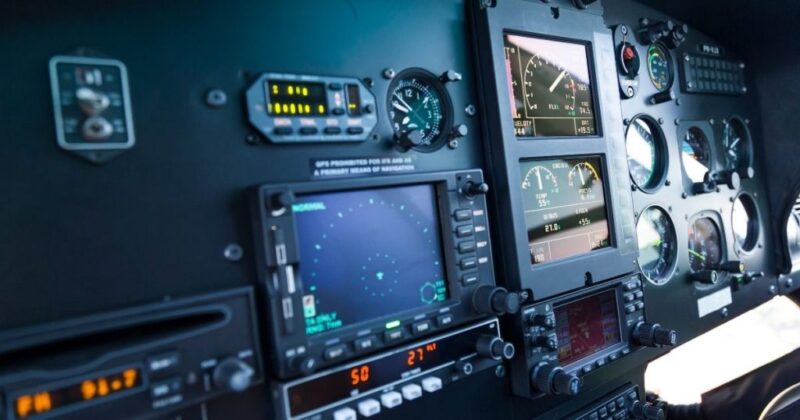Avionics, a portmanteau of “aviation” and “electronics,” refers to the electronic systems used in aircraft, artificial satellites, and spacecraft. This field encompasses components such as navigation, communication, and the display and management of multiple systems.
The development of these systems has been pivotal in advancing aviation, enabling safer and more efficient flight operations.
What are the Key Components?
Electronic systems within aircraft are diverse and play critical roles in various aspects of flight. These structures can be broadly categorized into communication, navigation, flight control, monitoring, collision avoidance, and onboard computers.
| Component | Type | Function |
|---|---|---|
| Communication | Radio, Satellite | Facilitates communication between the aircraft and ground control, as well as between aircraft. Essential for air traffic management and emergency situations. |
| Navigation | GPS, INS, VOR, ILS | Provides accurate location and direction information to pilots. Essential for route planning, approach, and landing. |
| Flight Control | Autopilot, Fly-by-wire | Automates basic flight tasks enhances aircraft stability, and assists pilots in managing aircraft controls. |
| Monitoring | Sensors, Gauges | Continuously monitor the health and performance of various aircraft systems like engine, fuel, and environmental controls. |
| Collision Avoidance and Landing | TCAS, Radar, ILS | Helps in avoiding mid-air and ground collisions, and assists in safe landing, especially in poor visibility conditions. |
| Onboard Computers and Processors | Flight Management, Avionics Computers | Serve as the brain of the aircraft, processing data from various systems and providing crucial information to pilots. |
The Evolution of Avionics
The history of this technology dates back to the early 20th century, evolving from basic mechanical devices to sophisticated digital structures. Initially, pilotage and dead reckoning were the primary navigation methods, but these gave way to radio navigation and, ultimately, to today’s satellite-based structures.
The progression from analog to digital structures marked a significant leap, enhancing both functionality and reliability. The shift from analog to digital technology marked a watershed moment in the evolution.
Digital electronics brought about more reliable, efficient, and sophisticated structures. which enhanced safety and operational capabilities. The introduction of GPS in aviation was a game changer, providing unprecedented accuracy in navigation.
Another significant advancement was the development of glass cockpits, which replaced traditional gauges and dials with digital multi-function displays. This not only improved the pilot’s situational awareness but also streamlined cockpit operations.
The integration of advanced computing power has enabled more automated and efficient flight management structures. As technology continues to advance, these systems are becoming more integrated and capable.
The focus is now on developing more intuitive user interfaces and incorporating artificial intelligence to aid pilot decision-making. This evolution not only represents technological progress but also a commitment to enhancing flight safety and efficiency.
Avionics in Different Types of Aircraft
The application and complexity of electronic systems vary significantly across different types of aircraft:
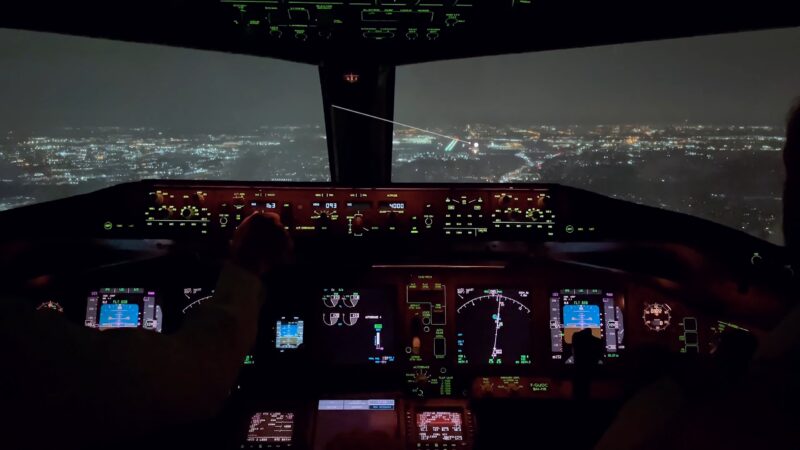
- Commercial Airliners
- Feature sophisticated structures for navigation, communication, and safety.
- Equipped with advanced flight management and autopilot systems for efficient long-haul operations.
- Incorporate robust safety systems, including TCAS and EGPWS.
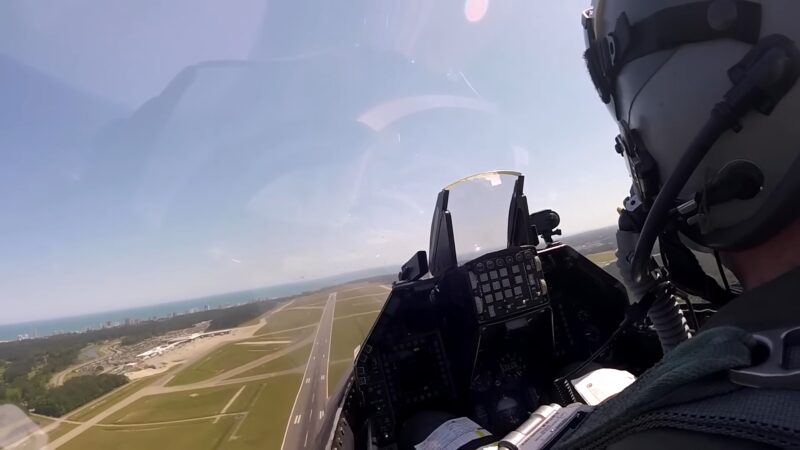
- Military Aircraft
- Include specialized systems for combat, such as radar, electronic warfare, and targeting structures.
- Often equipped with secure communication and navigation systems for covert operations.
- Utilize advanced flight control structures for enhanced maneuverability.
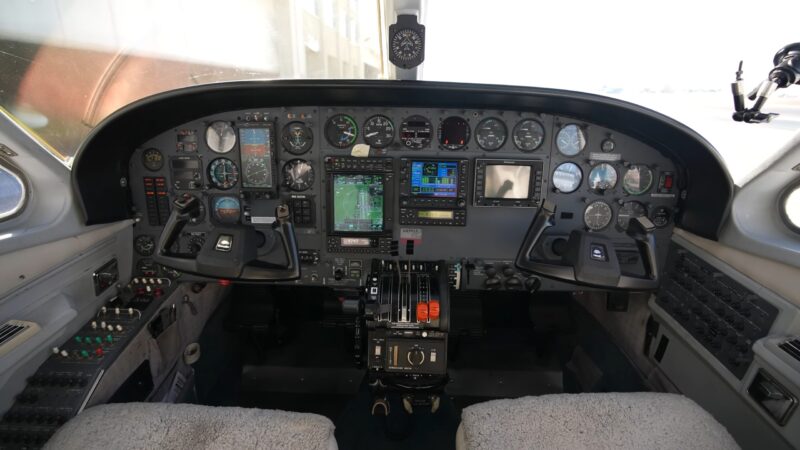
- General Aviation Aircraft
-
- Systems are typically less complex but increasingly incorporate advanced technology.
- GPS and basic autopilot systems are common, enhancing safety and navigation.
- Recent trends show an increase in digital cockpit technology even in smaller aircraft.
- Unmanned Aerial Vehicles (Drones)
-
- Predominantly rely on remote control and autonomous navigation systems.
- Feature integrated cameras and sensors for surveillance and data collection.
- Utilize satellite communication for control and navigation in some advanced models.
In each category, the systems are tailored to meet specific operational requirements and challenges. Commercial airliners focus on safety and efficiency for passenger transport, while military aircraft require structures for defense and tactical operations.
General aviation benefits from simplified structures that enhance the flying experience, and drones represent a growing field where remote and autonomous technologies are paramount.
Safety and Regulatory Aspects
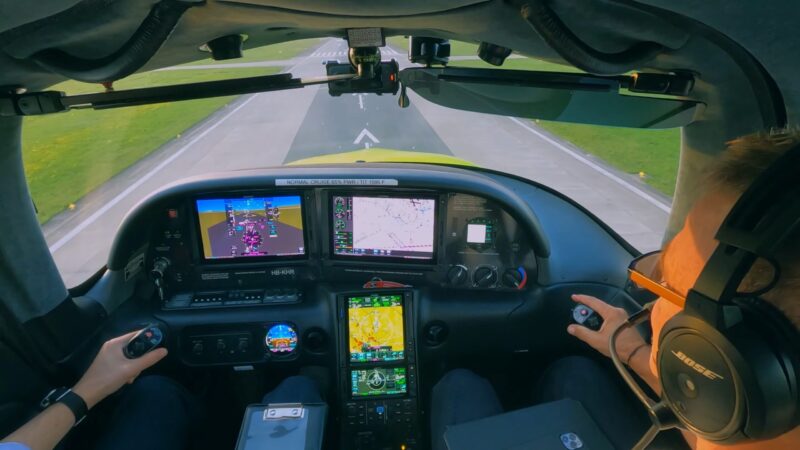
Safety is a paramount concern in aviation, and electronic systems play a crucial role in ensuring it. These provide pilots with critical information and automation to help manage complex tasks and respond to potential emergencies.
For instance, the Traffic Collision Avoidance System (TCAS) and Enhanced Ground Proximity Warning System (EGPWS) have significantly reduced the risk of mid-air and ground collisions.
Regulatory bodies like the Federal Aviation Administration (FAA) in the United States and the European Union Aviation Safety Agency (EASA) set stringent standards for the design, testing, and certification of these structures.
These standards ensure that every component meets the highest safety requirements before being deployed in aircraft. The certification process involves rigorous testing and evaluation of each structure’s performance and reliability under various conditions.
Future Trends in Avionics
The future of electronic structures in aviation is shaped by ongoing technological advancements. One of the most significant trends is the integration of autonomous flight technology. This involves developing structures capable of making decisions and managing flight operations with minimal human intervention.
Such advancements could revolutionize the way aircraft are operated, potentially leading to fully autonomous commercial flights. Advanced navigation and communication technologies are also at the forefront of future developments.
The implementation of NextGen in the United States and SESAR in Europe aims to modernize the air traffic management structures, enhancing efficiency and reducing environmental impact. These programs focus on leveraging satellite-based navigation and digital communication to optimize flight paths and reduce delays.
Challenges and Considerations in Avionics
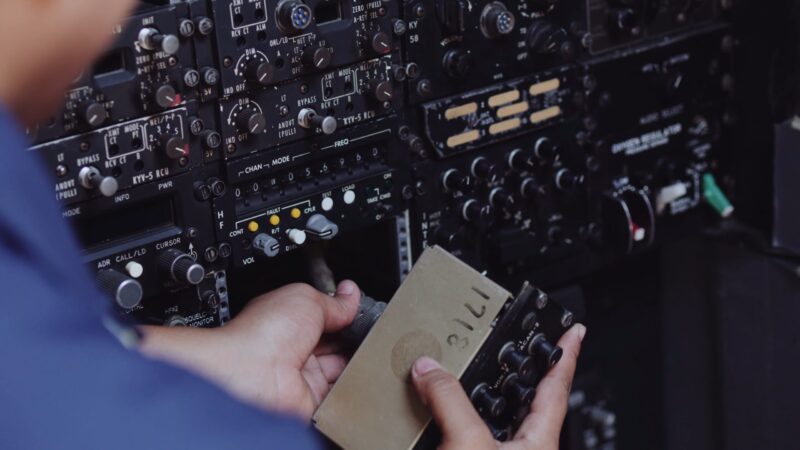
Despite the advancements, there are significant challenges in the development and implementation of these electronic systems. Technical challenges include integrating new technologies with existing platforms and ensuring the reliability of increasingly complex systems.
Cybersecurity is another growing concern, as the reliance on digital structures makes aircraft more vulnerable to cyber-attacks. Protecting these structures from such threats is a critical aspect of modern avionics design.
The cost and maintenance of these sophisticated systems can be significant, impacting the overall economics of aircraft operation. Balancing technological advancement with cost-effectiveness and ease of maintenance is a key consideration for the industry.
FAQs
How do avionics systems interact with pilot inputs?
Avionics systems are designed to interact seamlessly with pilot inputs, providing necessary feedback and control for safe flight operations. Pilots input commands through various interfaces like control yokes, throttles, and touchscreens, which are then processed by the avionics to adjust flight controls, navigation settings, and other structures.
What role do avionics play in aircraft fuel management?
Avionics play a vital role in aircraft fuel management by optimizing flight paths and engine performance for maximum fuel efficiency.
How do modern avionics systems contribute to reducing pilot workload?
Modern avionics systems contribute significantly to reducing pilot workload through automation and advanced user interfaces. Autopilot systems can handle routine tasks like maintaining altitude and heading, while flight management structures automate complex calculations for navigation and fuel optimization.
What is the difference between military and commercial avionics systems?
Military avionics systems often have unique features tailored to combat and tactical operations, such as advanced radar systems, electronic warfare capabilities, and secure communication links.
How do avionics systems manage in-flight entertainment and passenger comfort?
In-flight entertainment and passenger comfort systems, a subset of avionics, manage various aspects like audio and video streaming, internet connectivity, and cabin environment controls.
Closing Thoughts
The field of avionics represents a critical and ever-evolving aspect of modern aviation. It encompasses a wide range of electronic systems that are essential for the safe, efficient, and effective operation of aircraft.
The evolution of avionics from simple mechanical devices to sophisticated digital structures mirrors the broader technological advancements of our time.
As we look to the future, we anticipate further innovations that will continue to push the boundaries of what is possible in aviation, from autonomous flight technologies to eco-friendly structures aimed at reducing the environmental impact of air travel.
If you are interested in reading about similar subjects, visit our website.
